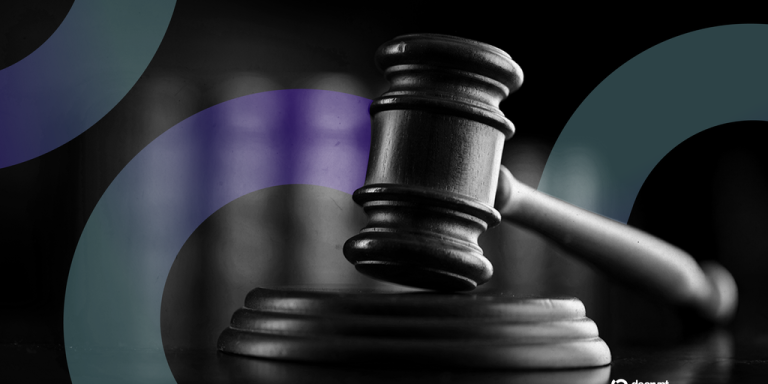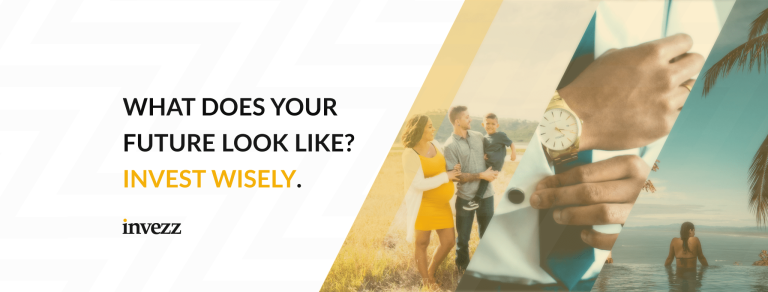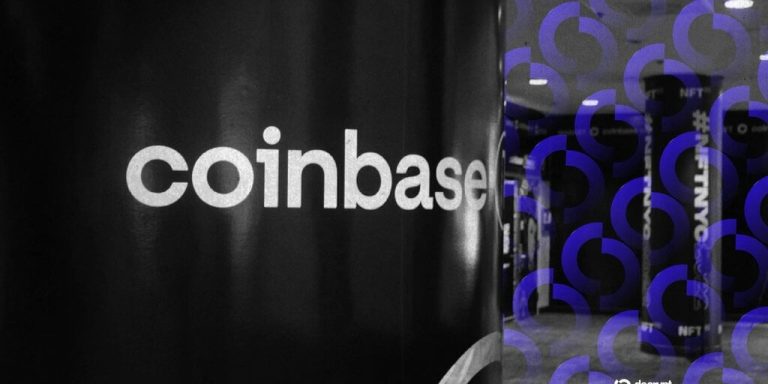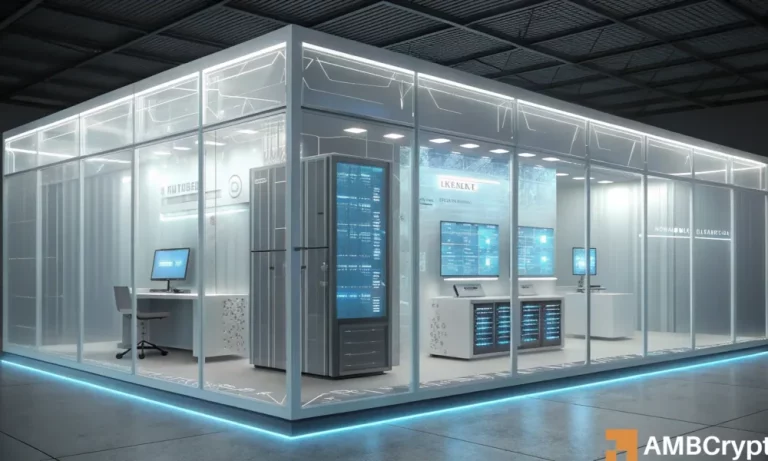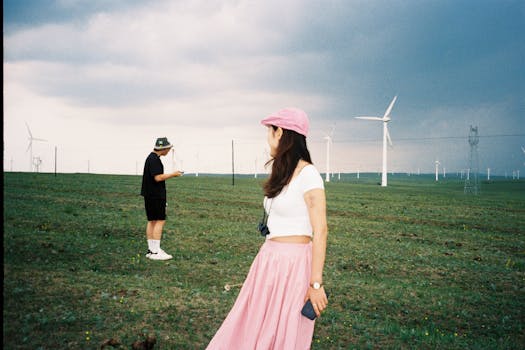
Understanding Sustainable Living
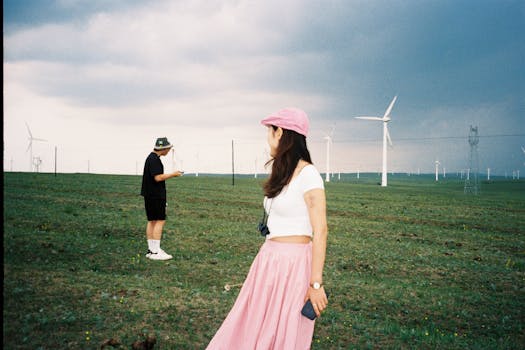
Sustainable living entails making choices and taking actions guided by a commitment to preserving natural resources for future generations. As we progress toward 2025, the integration of sustainability in everyday life will not only be beneficial for the planet but also foster community well-being and economic resilience.
Sustainable living focuses on minimizing our environmental impact, fostering health, conservation, and local economies. Various practices have emerged lately as individuals and communities rally towards more eco-friendly lifestyles aimed at mitigating climate change and adopting greener technologies.
1. Emphasis on Renewable Energy Sources

One of the critical trends trending toward 2025 is the substantial focus on renewable energy. The advancement of solar panels and wind turbines—now more affordable and efficient—has enabled homeowners and businesses to generate their electricity sustainably. Upcoming developments that more seamlessly integrate renewable energy into the grid system promise to transition communities and businesses to sustainable sources.
Communities worldwide are implementing local renewable energy projects, helping municipalities achieve energy independence while creating green jobs.
2. Eco-Friendly Home Solutions

With an increasing number of consumers leaning towards sustainable living, eco-friendly home solutions have gained momentum. Homes and the materials used for construction significantly impact our carbon footprint. Hence, there is a rise in the use of sustainable materials such as reclaimed wood, bamboo, and recycled steel.
Further, architects and designers are focusing on designing zero-waste, energy-efficient homes with resources that maximize natural lighting and airflow. Eco-construction incorporates energy efficiency technologies, making proposes significant cost savings and reduced environmental impacts.
3. Advances In Sustainable Fashion
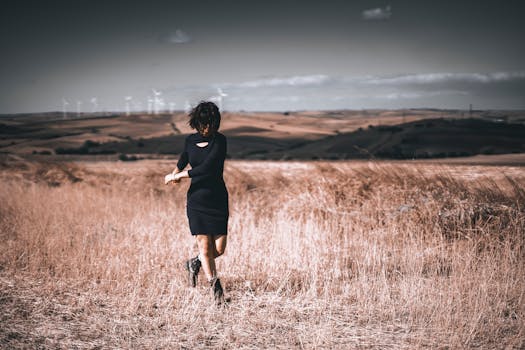
The fashion industry is undergoing a remarkable transformation as sustainability takes center stage. With the shedding of the fast fashion approach, brands are adopting slower production processes, utilizing ethically sourced materials, and increasing transparency among their supply chains. Vintage, thrift, and upcycled clothing options are rapidly becoming popular, supporting decluttered lifestyles.
Increased consumer awareness regarding material sources nurtures designs following sustainable practices and hours to popular aesthetics in fashionable items evolved sustainably without sacrificing style. Ending production-disposal cycles influences companies to take a mindful approach both in terms of ethics and actively fighting adverse traits sparked by industrial pollution.
4. The Circular Economy Movement
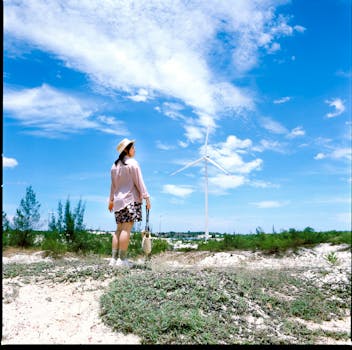
The concept of a circular economy challenges our traditional perception of a linear extraction-market-waste model. Moving toward 2025, individuals and corporations alike begin to prioritize sustainable waste management, viewing waste not as an endpoint but part of an invaluable resource for manufacturers and individuals alike.
Through businesses devising methods to repair, recycle, and remake products to keep materials circulating, significant opportunities rise multidisciplinary like community partnerships for repair shops. Governmental announcements also robustly advocate against landfill usage and demand hazards journalists refine their transformation narratives from linearly-threatening waste-generating practices to courage faol outputs.
